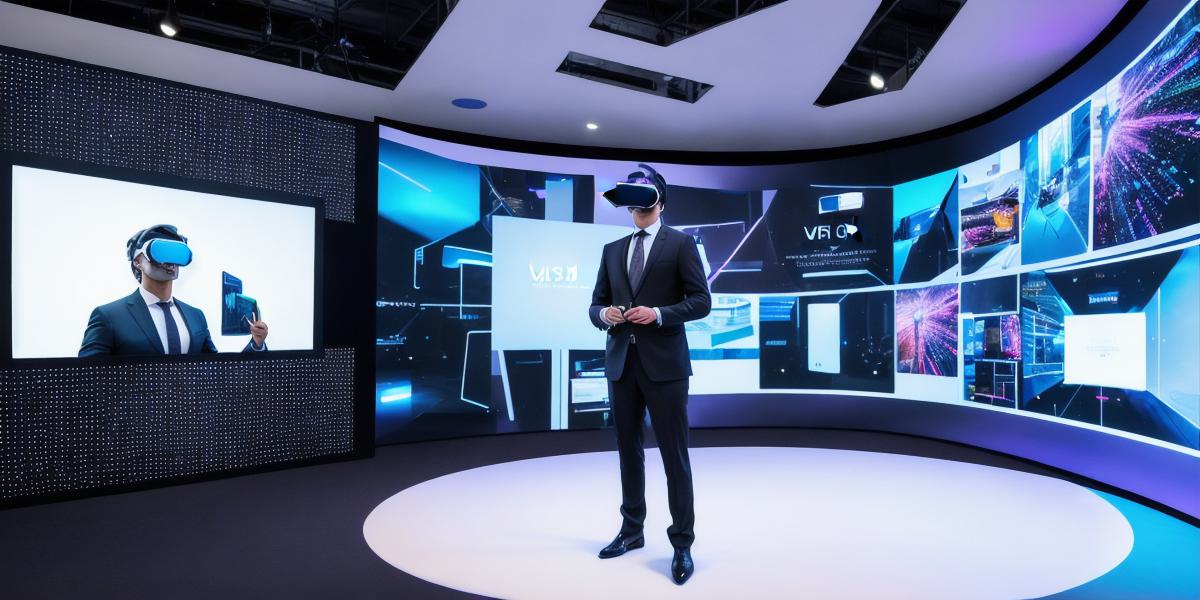In today’s digital age, virtual worlds have become increasingly popular as a way to escape from reality and connect with others. However, what if we could create a virtual world that was not just a temporary escape, but a permanent utopia? A place where everyone is happy, healthy, and fulfilled. This is the vision of the Utopian Metaverse, a concept that has captured the imagination of many developers and entrepreneurs.
What is the Utopian Metaverse?
The Utopian Metaverse is a virtual world that is designed to be a perfect society, where everyone’s needs are met, and their potential is fully realized. It is a place where people can live together in harmony, without the constraints of the physical world. In this utopia, there would be no poverty, no war, no disease, and no suffering.
Differences between Utopian Metaverse and existing virtual worlds
While existing virtual worlds such as Second Life and VRChat have been successful in their own right, they are not truly utopias. In these worlds, people can create avatars and interact with each other, but they still face many of the same challenges that they do in the physical world. They may experience loneliness, depression, and other mental health issues, as well as financial difficulties and social inequality.
In contrast, the Utopian Metaverse is designed to be a perfect society, where everyone’s needs are met, and their potential is fully realized. It would be a place where people can live together in harmony, without the constraints of the physical world. In this utopia, there would be no poverty, no war, no disease, and no suffering.
Case studies and personal experiences
While the concept of the Utopian Metaverse is still largely theoretical, there are some examples of virtual worlds that have attempted to create a utopia. One such example is the Linden Labs, which created Second Life in 2003. While Second Life has been successful in many ways, it has also faced criticism for its lack of social cohesion and inadequate support for mental health.

Another example is the Decentraland project, which aims to create a decentralized, user-owned virtual world that is both socially and economically sustainable. While this project is still in its early stages, it holds promise as a model for a utopian Metaverse.
Research and experiments
Several studies have shown that virtual reality can have positive effects on mental health and well-being. For example, a study published in the Journal of Clinical Psychology found that virtual reality exposure was effective in treating anxiety disorders. Another study published in the Journal of Applied Psychology found that virtual reality training improved surgical performance.
While these studies are promising, they still fall short of creating a true utopia. The Utopian Metaverse would need to be designed with mental health and well-being at the forefront from the beginning, rather than as an afterthought.
Real-life examples
There are many real-life examples of communities that have tried to create utopias. One such example is the kibbutzim in Israel, which were communal settlements founded in the early 20th century. While these communities had their successes and failures, they offer a glimpse into what it might be like to live in a utopia.
Summary
The Utopian Metaverse is an exciting concept that holds promise for the future of virtual worlds. It represents a vision of a perfect society, where everyone’s needs are met, and their potential is fully realized. While existing virtual worlds have been successful in their own right, they are not truly utopias.




